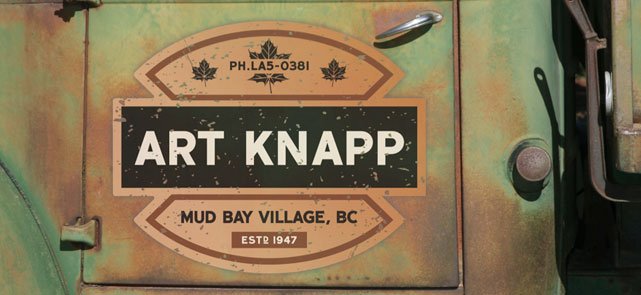Art Knapp Articles
How do I raise my own mason bees?
in Informational
Mason bees are a gentle, non-aggressive beneficial pollinator. Raising mason bees is a great way to supplement the stressed honey-bee population. They are often called “super pollinators” because they can visit and pollinate around 1600 flowers in one day, while the average honeybee visits around 700 blooms but pollinates only 30. Since they are early pollinators, mason bees are particularly ideal pollinators for fruit trees. It takes only 3-4 female mason bees to pollinate a full size fruit tree, in comparison to a honeybee which would require a few hundred bees for the same task. Apple, plum, and other early fruit trees will greatly benefit from the mason bee. Being that they are solitary and don't require a hive to protect, they don't sting unless pinched in your clothing, and their sting resembles that of a mosquito bite. The mason bee is unique in that it will only fly between 200 and 300 feet from its nest. Both you and your neighbour will benefit from your bees.
Mason Bee FAQ:
Question: What is the best time to put mason bees out?
Answer: Generally, early March is a good time to put mason bee cocoons out in the lower mainland area. A warm, sunny day with little or no wind is best. A good rule of thumb is to look outside - do you see small insects flying around? If so, this is usually a signal that it’s warm enough to put the cocoons out. Don't worry about if it gets a little colder or rains after you’ve put the cocoons out. Mason bees are pretty tough. Just make sure to get your mason bees out before the middle of June, as it’s usually too late for success by then.
Question: Where should I place my mason bee house?
Answer: Place the house facing east or south-east so that the morning sun hits the house, getting the bees out and working earlier in the day. Place the house out of direct rain and at least 4’ above ground under an eave. The bees also need a source of mud nearby to protect their egg chambers. Make sure nearby soil is not too dry or sandy. To increase the bee’s ability to lay eggs, place a small tray of water nearby with rocks in it so that they can land.
Question: How do I set out the cocoons?
Answer: Mason bees sold at Art Knapp Surrey are sold in a “ready to go” packet. All you need to do is pull the tab on the end of the packet and place the triangular packet in the top part of the house. As the bees hatch, they will exit the packet and make their way into the tubes in the house. This fool proof method is great for beginners.


If your bees are not in a ready to go packet, here are a few tips on placing individual cocoons in the tubes. It is very important that the cocoon is placed with the “nipple end” of the cocoon facing the front of the tube. The nipple end is the little point on the end of the cocoon. If placed backward, the mason bee will hatch facing the rear of the tube and cannot turn around to get out. If you place more than one cocoon in a tube, be sure to place the smaller cocoons (the males) at the front of the tubes, as they will hatch first.









